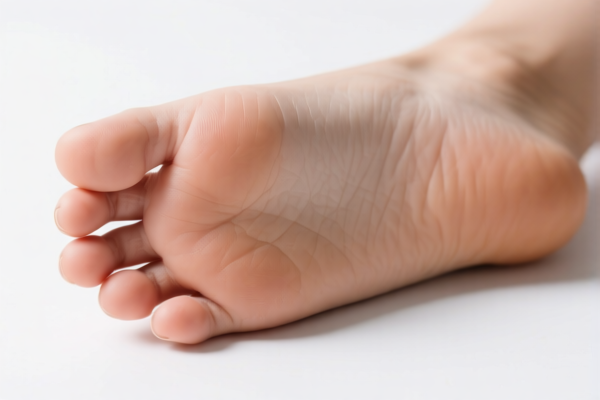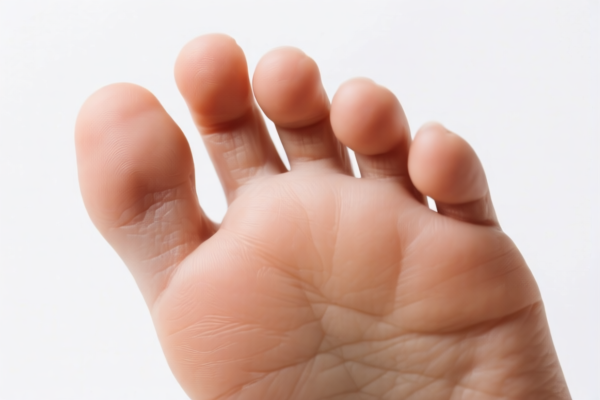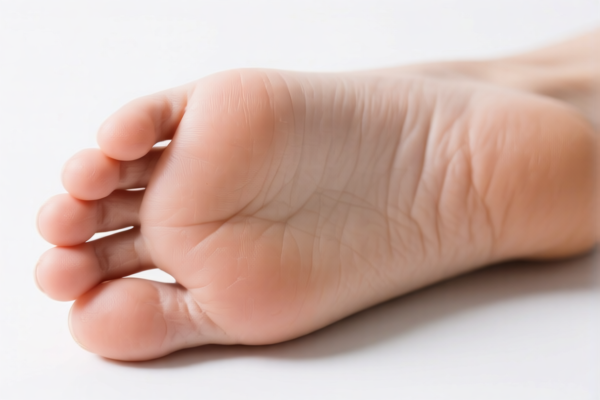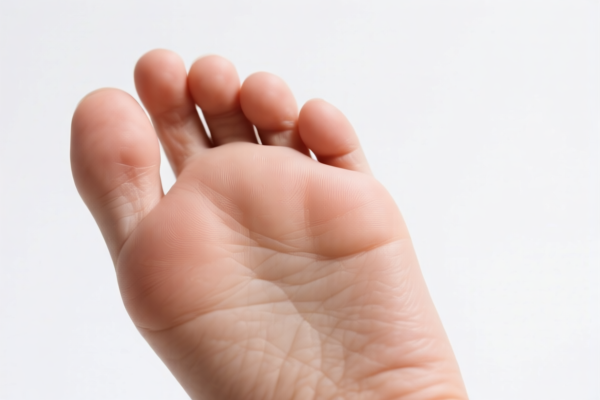| HS Code | Official Doc | Tariff Rate | Origin | Destination | Effective Date |
|---|---|---|---|---|---|
| 9606308000 | Doc | 61.0% | CN | US | 2025-05-12 |
| 9620003090 | Doc | The rate applicable to the article of which it is an accessory+30.0% | CN | US | 2025-05-12 |
| 9620005000 | Doc | 60.3% | CN | US | 2025-05-12 |
| 3926909950 | Doc | 42.8% | CN | US | 2025-05-12 |
| 3926904510 | Doc | 58.5% | CN | US | 2025-05-12 |
| 3925900000 | Doc | 60.3% | CN | US | 2025-05-12 |
| 3925100000 | Doc | 61.3% | CN | US | 2025-05-12 |




Crutch Foot Pad
A crutch foot pad is a component attached to the base of a crutch, serving as the point of contact between the crutch and the ground. It provides stability, traction, and cushioning during ambulation.
Material
Crutch foot pads are typically constructed from:
- Rubber: The most common material, offering good grip and durability. Variations in rubber compound affect the level of traction and resistance to wear.
- Plastic: Less common, often used in conjunction with rubber components. Provides a harder, more rigid base.
- Felt: Occasionally used as a replaceable layer on top of rubber, providing enhanced grip on slick surfaces and reducing noise.
Purpose
The primary purposes of crutch foot pads are to:
- Provide Traction: Prevent slipping and sliding on various surfaces.
- Absorb Shock: Reduce impact forces transmitted to the user's hands and body.
- Protect the Crutch Tip: Prevent premature wear of the crutch shaft.
- Enhance Stability: Offer a wider base of support.
Function
Foot pads function by:
- Distributing Weight: Spreading the user's weight over a larger surface area.
- Increasing Friction: Maximizing contact with the ground to resist movement.
- Providing Cushioning: Absorbing impact forces and reducing vibration.
- Offering Replaceability: Allowing for easy replacement when worn or damaged.
Usage Scenarios
Crutch foot pads are used in a variety of situations, including:
- Post-Injury Mobility: Assisting individuals with lower extremity injuries (e.g., fractures, sprains, surgeries) during weight-bearing restrictions.
- Rehabilitation: Supporting patients during the recovery process after illness or surgery.
- Temporary Disabilities: Providing support for individuals with short-term mobility impairments.
- Long-Term Conditions: Assisting individuals with chronic conditions affecting lower extremity function.
- Indoor and Outdoor Use: Suitable for a wide range of surfaces, though specific pad types may be better suited for certain environments.
Common Types
- Standard Rubber Pads: The most common type, offering a balance of durability, traction, and cost-effectiveness.
- High-Traction Pads: Designed for enhanced grip on slick surfaces, often featuring a textured surface or specialized rubber compound.
- Felt Pads: Used as a supplemental layer to provide increased grip on smooth floors and reduce noise. Typically used indoors.
- Ice Picks/Spikes: Attachments for crutches used in icy or snowy conditions, providing superior traction on frozen surfaces.
- Swivel/Rocking Pads: Allow for a limited range of motion at the crutch tip, facilitating a more natural gait and reducing stress on the wrists and shoulders.
- Self-Adjusting Pads: Designed to conform to uneven surfaces, providing optimal contact and stability.
A crutch foot pad is a component attached to the base of a crutch to provide stability and grip. It is typically made of plastic or rubber and functions as a support element for walking aids. Considering its material and function, the following HS codes are potentially applicable:
- 9606308000: This code covers buttons, press-fasteners, snap-fasteners and press-studs, button molds and other parts of these articles; button blanks. While not a direct match, a foot pad could be considered a small component part. The total tax rate is 61.0% (Base tariff: 6.0%, Additional tariff: 25.0%, Post-April 2, 2025, additional tariff: 30%).
- 3926909950: This code covers other articles of plastics and articles of other materials of headings 3901 to 3914, specifically face masks and shields, medical positioning or transport pads, medical waste containers or disinfectant wipes dispensers. If the foot pad is made of plastic and used in a medical context, this code may be applicable. The total tax rate is 42.8% (Base tariff: 5.3%, Additional tariff: 7.5%, Post-April 2, 2025, additional tariff: 30%).
- 3926904510: This code covers other articles of plastics and articles of other materials of headings 3901 to 3914, specifically gaskets, washers and other seals O-Rings. If the foot pad functions as a sealing or cushioning component, this code may be considered. The total tax rate is 58.5% (Base tariff: 3.5%, Additional tariff: 25.0%, Post-April 2, 2025, additional tariff: 30%).
- 3925900000: This code covers builders' ware of plastics, not elsewhere specified or included. If the foot pad is considered a component of a walking aid and made of plastic, this code may be applicable. The total tax rate is 60.3% (Base tariff: 5.3%, Additional tariff: 25.0%, Post-April 2, 2025, additional tariff: 30%).
Regarding HS code 3926909950 and 3926904510, please note the need to verify the material composition (plastic or other materials) and intended use (medical context or general component).
Customer Reviews
No reviews yet.